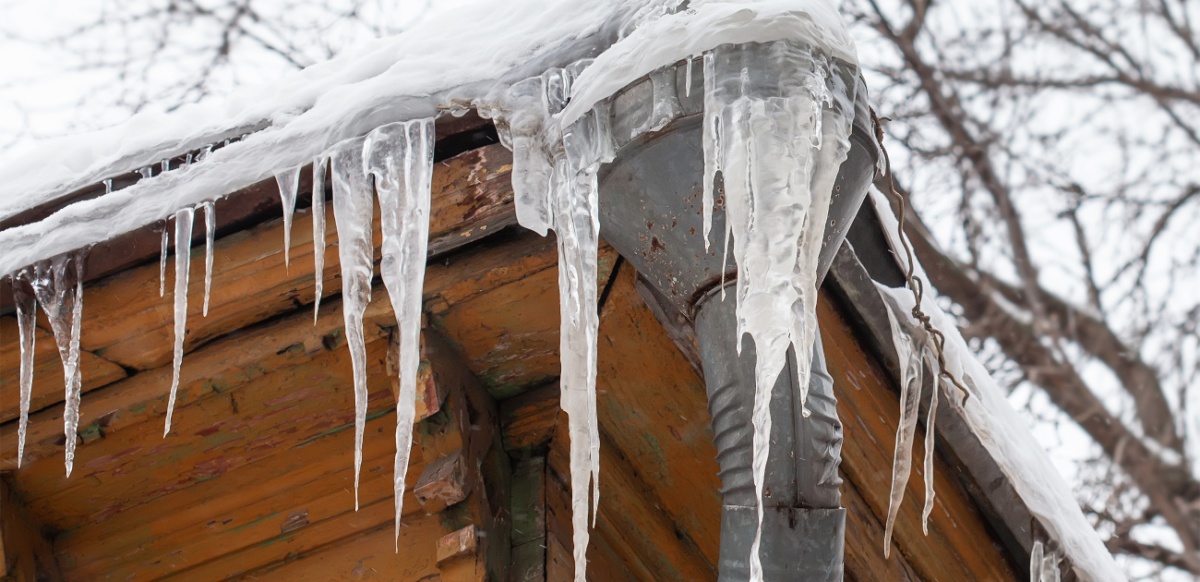Are you currently searching for critical info about 6 Ways to Prevent Frozen Pipes?

Cold weather can ruin your pipes, especially by freezing pipes. Right here's how to stop it from happening and what to do if it does.
Intro
As temperatures decline, the risk of icy pipes boosts, possibly bring about costly repair services and water damage. Recognizing exactly how to stop frozen pipes is critical for property owners in chilly environments.
Avoidance Tips
Shielding prone pipes
Cover pipelines in insulation sleeves or make use of warmth tape to protect them from freezing temperatures. Focus on pipes in unheated or outside locations of the home.
Home heating strategies
Maintain indoor rooms properly heated, especially areas with plumbing. Open cabinet doors to permit warm air to circulate around pipes under sinks.
Exactly how to identify frozen pipelines
Look for decreased water flow from faucets, unusual odors or noises from pipes, and visible frost on exposed pipes.
Long-Term Solutions
Structural adjustments
Consider rerouting pipes far from outside wall surfaces or unheated locations. Add extra insulation to attic rooms, basements, and crawl spaces.
Upgrading insulation
Buy high-quality insulation for pipelines, attic rooms, and walls. Proper insulation aids preserve consistent temperature levels and reduces the threat of frozen pipelines.
Securing Outdoor Pipes
Yard tubes and outside taps
Detach and drain pipes garden pipes prior to winter season. Mount frost-proof spigots or cover outdoor taps with shielded caps.
Understanding Frozen Pipelines
What creates pipes to freeze?
Pipelines ice up when exposed to temperatures below 32 ° F (0 ° C) for prolonged durations. As water inside the pipes freezes, it broadens, taxing the pipeline wall surfaces and possibly creating them to break.
Threats and problems
Icy pipelines can lead to supply of water interruptions, property damages, and pricey fixings. Ruptured pipelines can flood homes and cause extensive architectural damages.
Indications of Frozen Pipeline
Recognizing frozen pipelines early can avoid them from breaking.
What to Do If Your Pipelines Freeze
Immediate actions to take
If you presume frozen pipelines, keep taps available to alleviate stress as the ice melts. Utilize a hairdryer or towels soaked in warm water to thaw pipes gradually.
Final thought
Preventing icy pipes calls for proactive procedures and quick actions. By recognizing the causes, indicators, and preventive measures, house owners can protect their plumbing throughout cold weather.
5 Ways to Prevent Frozen Pipes
Drain Outdoor Faucets and Disconnect Hoses
First, close the shut-off valve that controls the flow of water in the pipe to your outdoor faucet. Then, head outside to disconnect and drain your hose and open the outdoor faucet to allow the water to completely drain out of the line. Turn off the faucet when done. Finally, head back to the shut-off valve and drain the remaining water inside the pipe into a bucket or container. Additionally, if you have a home irrigation system, you should consider hiring an expert to clear the system of water each year.
Insulate Pipes
One of the best and most cost-effective methods for preventing frozen water pipes is to wrap your pipes with insulation. This is especially important for areas in your home that aren’t exposed to heat, such as an attic. We suggest using foam sleeves, which can typically be found at your local hardware store.
Keep Heat Running at 65
Your pipes are located inside your walls, and the temperature there is much colder than the rest of the house. To prevent your pipes from freezing, The Insurance Information Institute suggests that you keep your home heated to at least 65 degrees, even when traveling. You may want to invest in smart devices that can keep an eye on the temperature in your home while you’re away.
Leave Water Dripping
Moving water — even a small trickle — can prevent ice from forming inside your pipes. When freezing temps are imminent, start a drip of water from all faucets that serve exposed pipes. Leaving a few faucets running will also help relieve pressure inside the pipes and help prevent a rupture if the water inside freezes.
Open Cupboard Doors
Warm your kitchen and bathroom pipes by opening cupboards and vanities. You should also leave your interior doors ajar to help warm air circulate evenly throughout your home.

I ran across that piece of writing about Prevent Frozen Pipes while doing a lookup on the internet. Be sure to take the opportunity to promote this blog entry if you appreciated it. I truly appreciate your readership.
Visit Url